The pet sector is booming and continuing to innovate. At the pet product fairs held in the first quarter of this year, confidence and optimism coloured the mood of exhibitors and trade visitors alike. At the Global Pet Expo in Orlando in particular, where the number of trade visitors has risen, according to provisional figures, by over 10 per cent compared with last year, the upbeat mood that currently prevails in our sector worldwide was palpable.
More than ever, consumers seem prepared to spend plenty on the well-being of their pets. This is the case with dog owners above all. According to a consumer survey by the APPA pet industry association, people spent $505 on average on their dogs last year and slightly less, $451, on their cats. Food, including treats and food supplements, accounted for the majority of this expenditure. The trend seems likely to continue: a growing number of consumers are feeding their pets on products that are grain-free and are prepared to pay more for these than for conventional pet food products. In the USA grain-free products already account for 39 per cent of all sales of pet food. In Europe they account for 20 to 25 per cent and rising. Trends towards smaller pack sizes, sustainable pet food and raw diets are also giving fresh impetus to the pet food industry.
The pet industry's total effect on the American economy has been estimated at $221 bn in 2015, generating nearly $23 bn in taxes for the federal, state and local governments, according to a new study. The study shows additionally that the pet industry provided or supported 1.3 mio jobs in the USA, with an industry-wide average wage of more than $46 500.
Farewell thoughts
“Stop when it’s at its most beautiful” is an old saying. I will take this advice and retire on 1 August, as already announced. I can look back on over 30 years …
The growth in the pet supplies industry in North America currently includes all product groups. Even aquatics and the cage bird segment, which has been declared dead, are now faring better in the USA and are slowly moving in this direction in Europe too. Will this positive trend continue? Zoomark International in Bologna, which is the biggest trade show in Europe this year, will prove interesting. The omens are good: the exhibition halls have been sold out for some weeks now, and five halls will be open to visitors for the first time instead of the four previously. As in Orlando, visitors from all over the world are…

 Menü
Menü

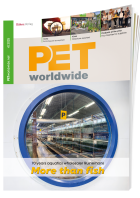






 3/2017
3/2017




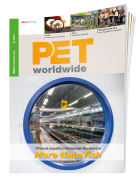

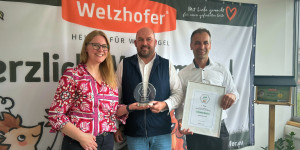


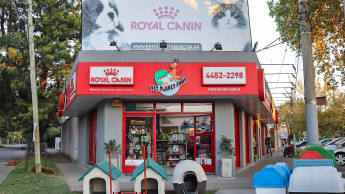
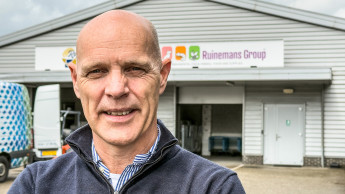
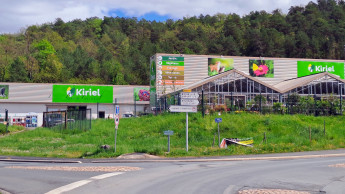
 Newsletter
Newsletter